Ornithomimus
Name Origin
Ostrich Mimic
Family
Ornithomimidae
Classification
Diapsida, Saurischia, Theropoda
Habitat (Discovery Location)
United States, Canada
Period
Approximately 77 to 66 million years ago (Late Cretaceous)
Length
Approximately 3.8 meters
Weight
Approximately 170 kilograms
Diet
Herbivore or Omnivore
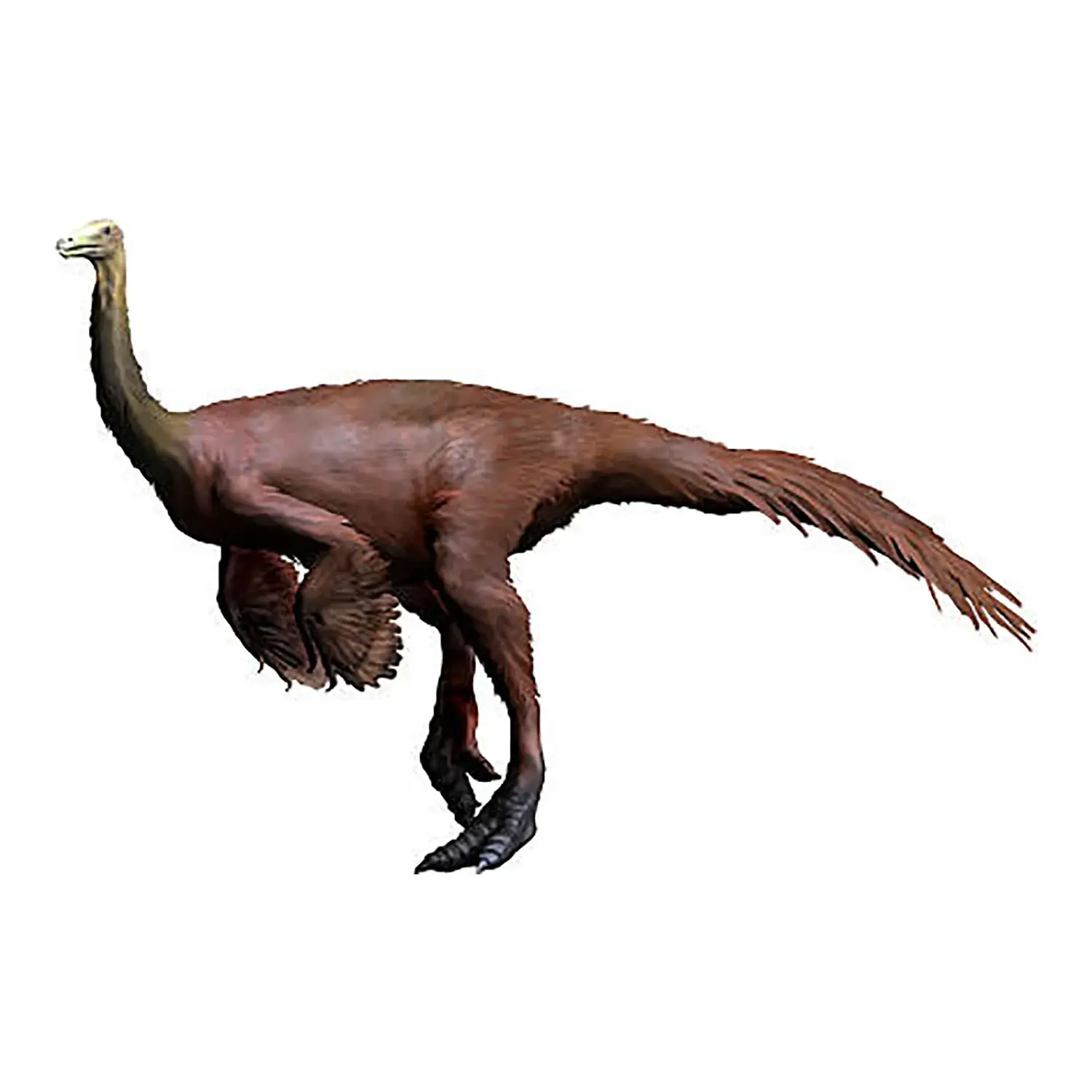
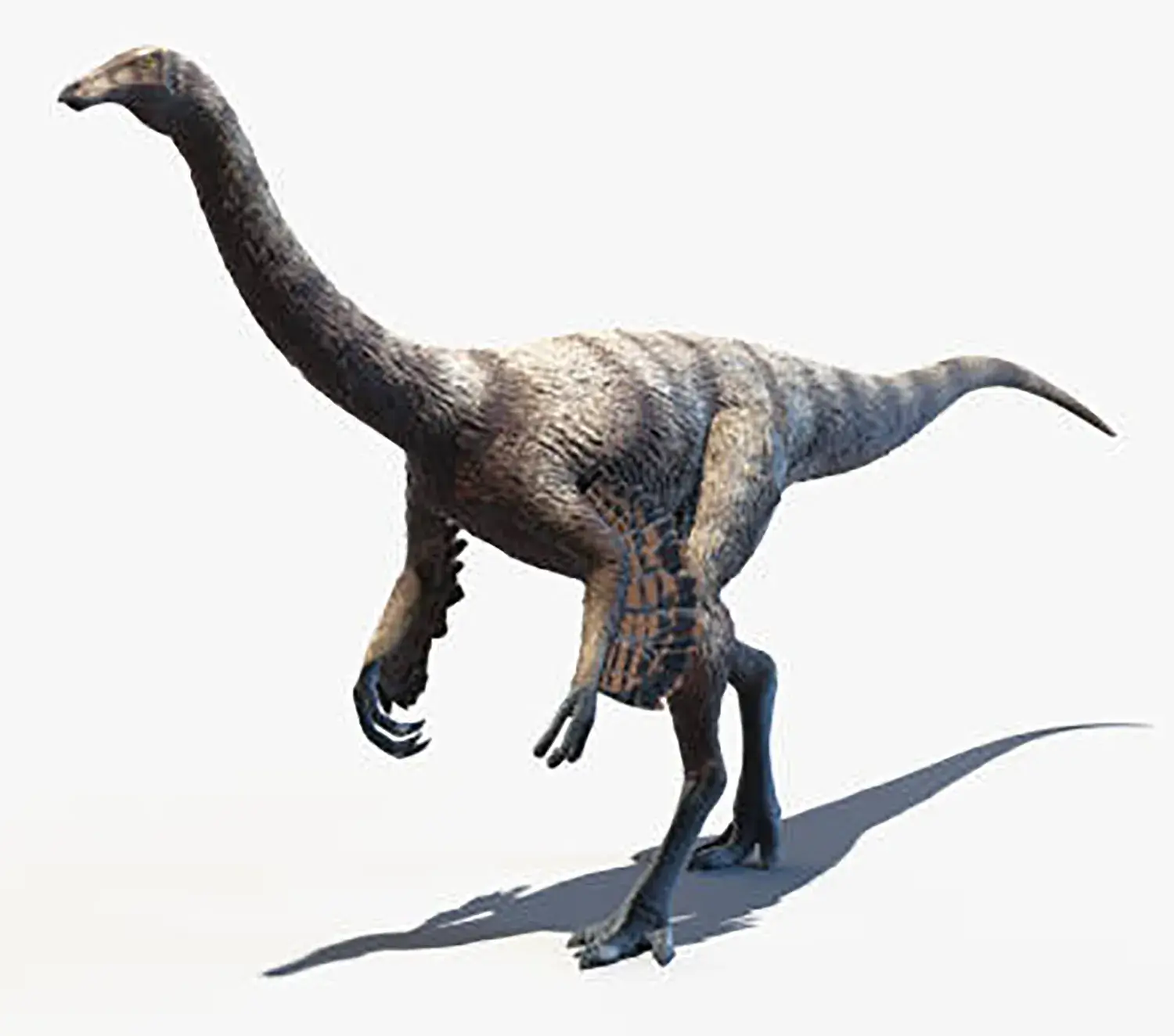
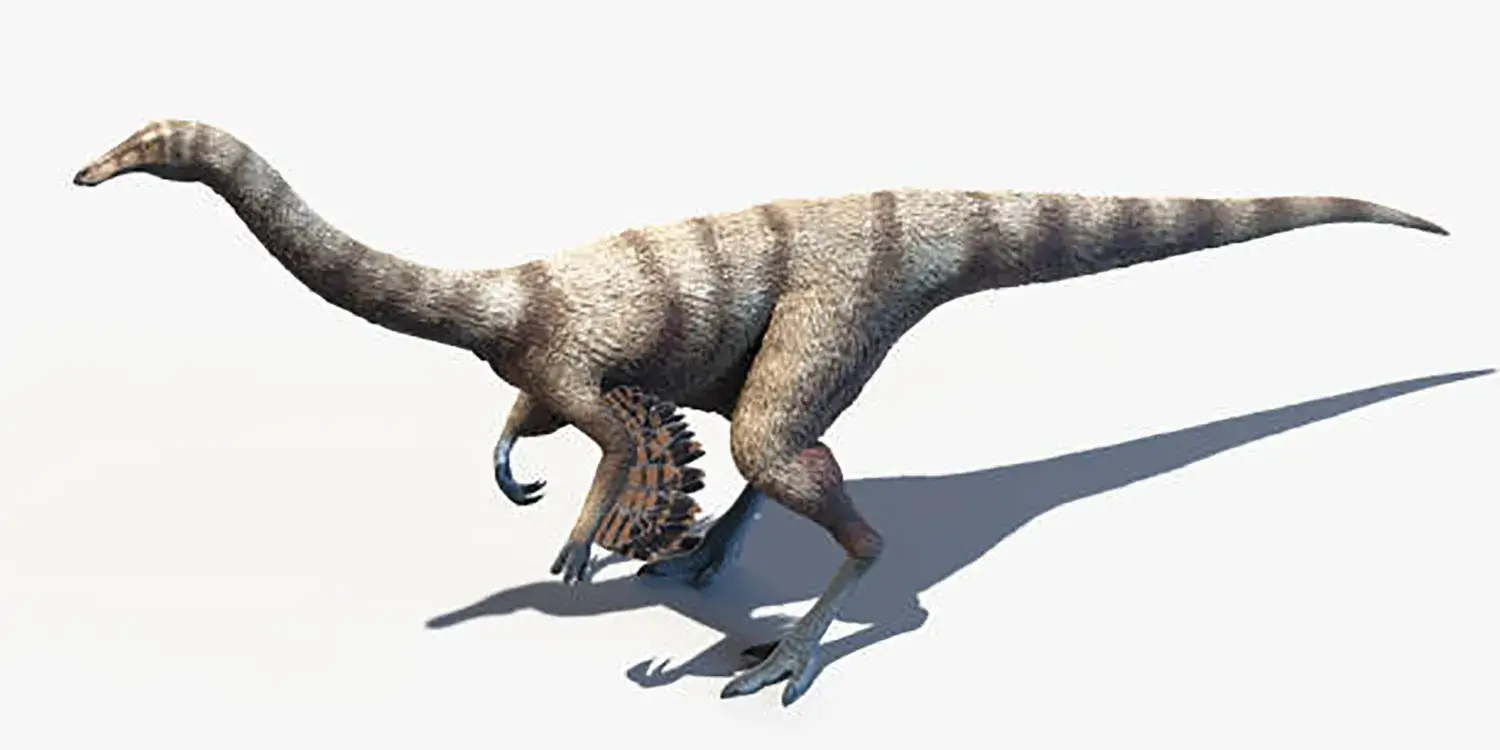
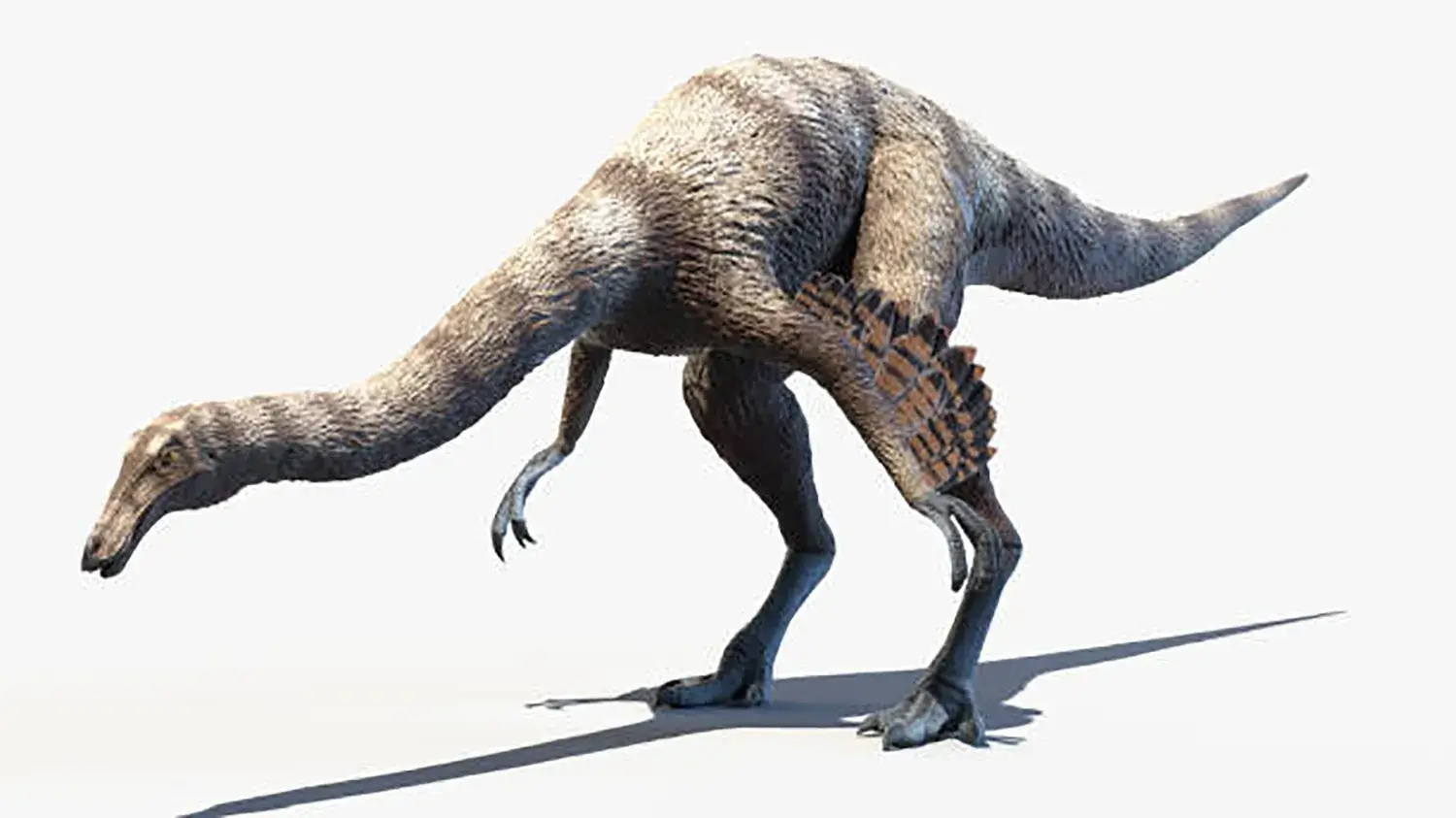
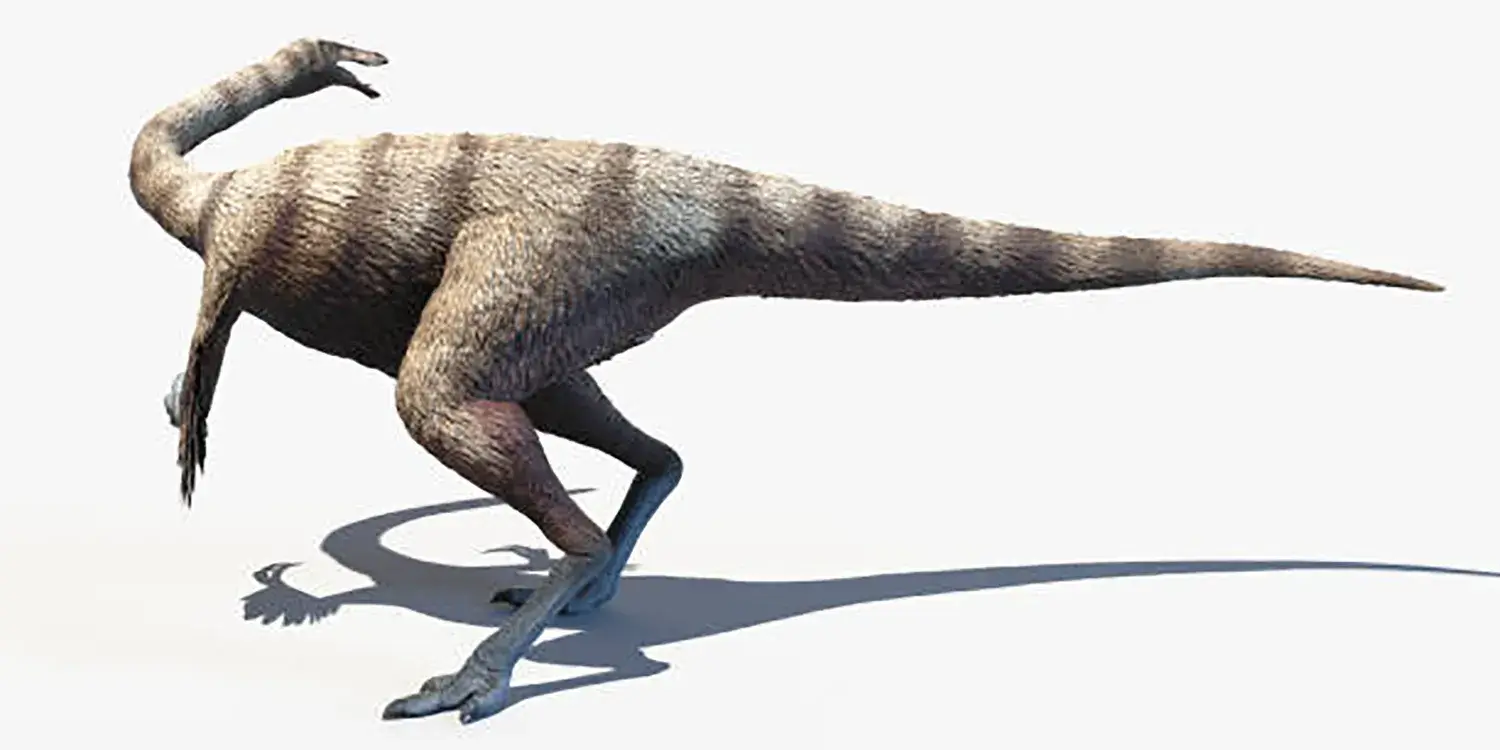
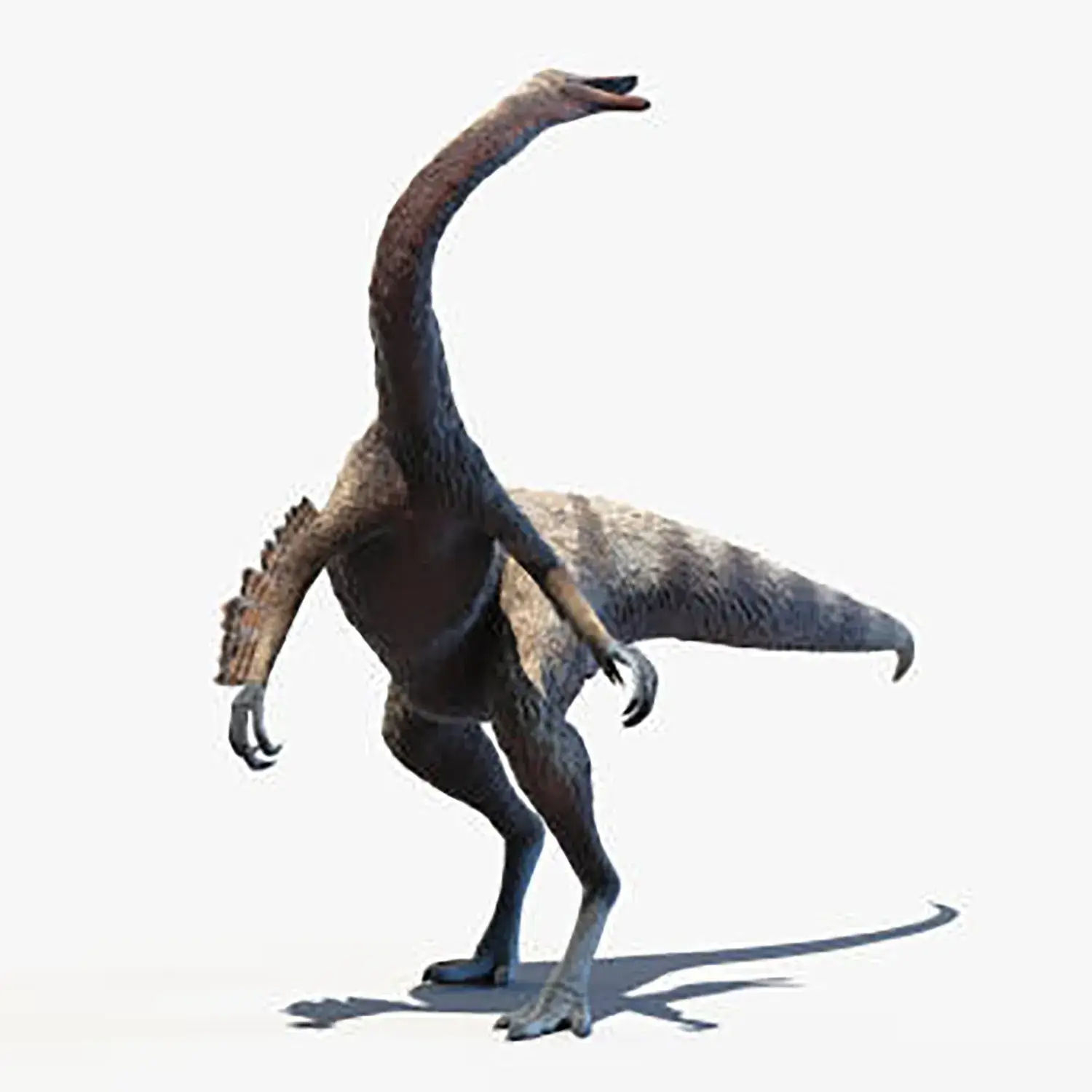
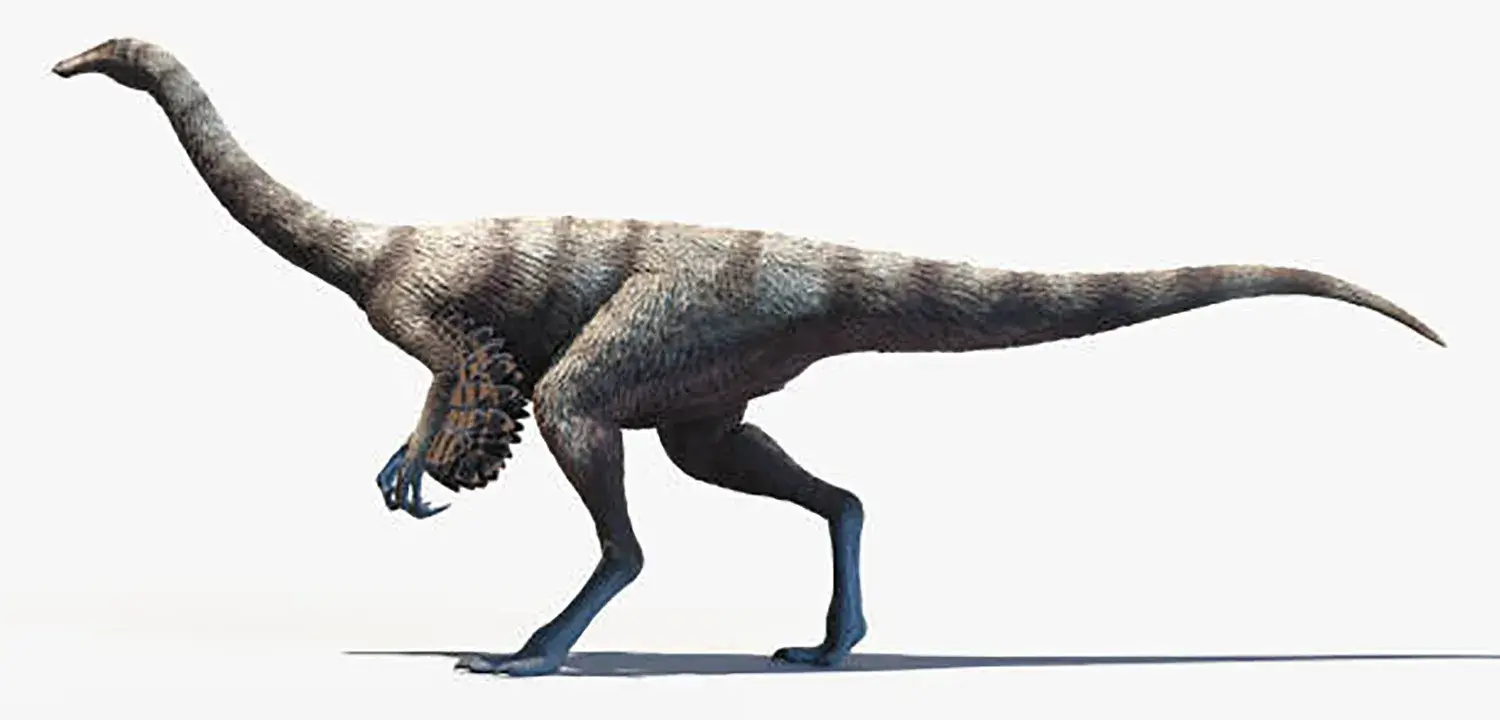
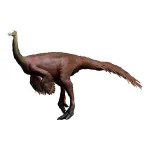
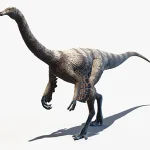
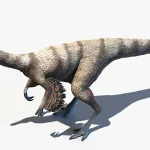
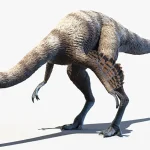
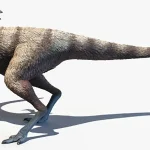
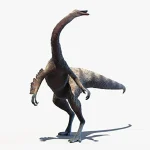
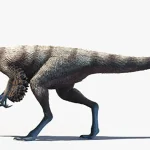
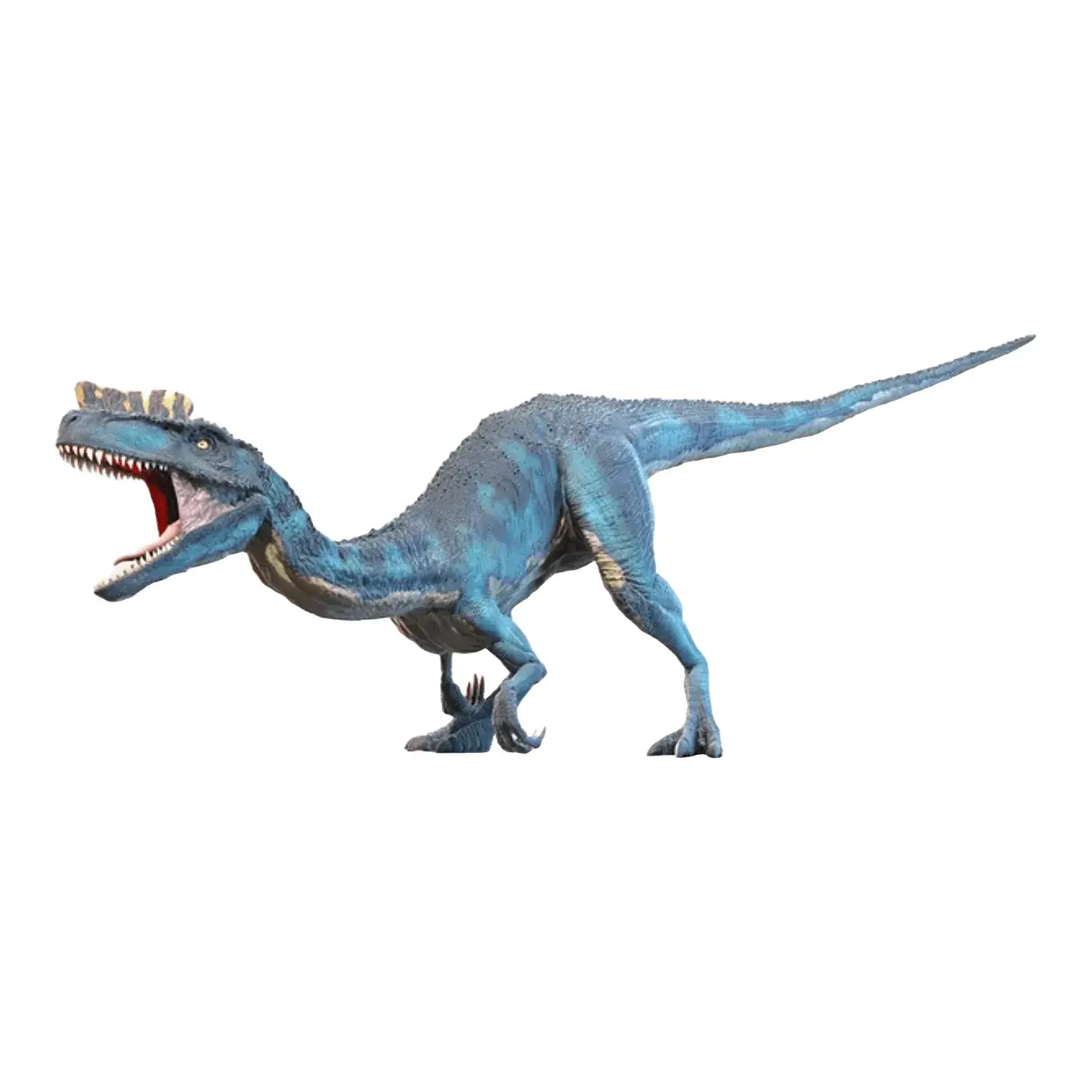
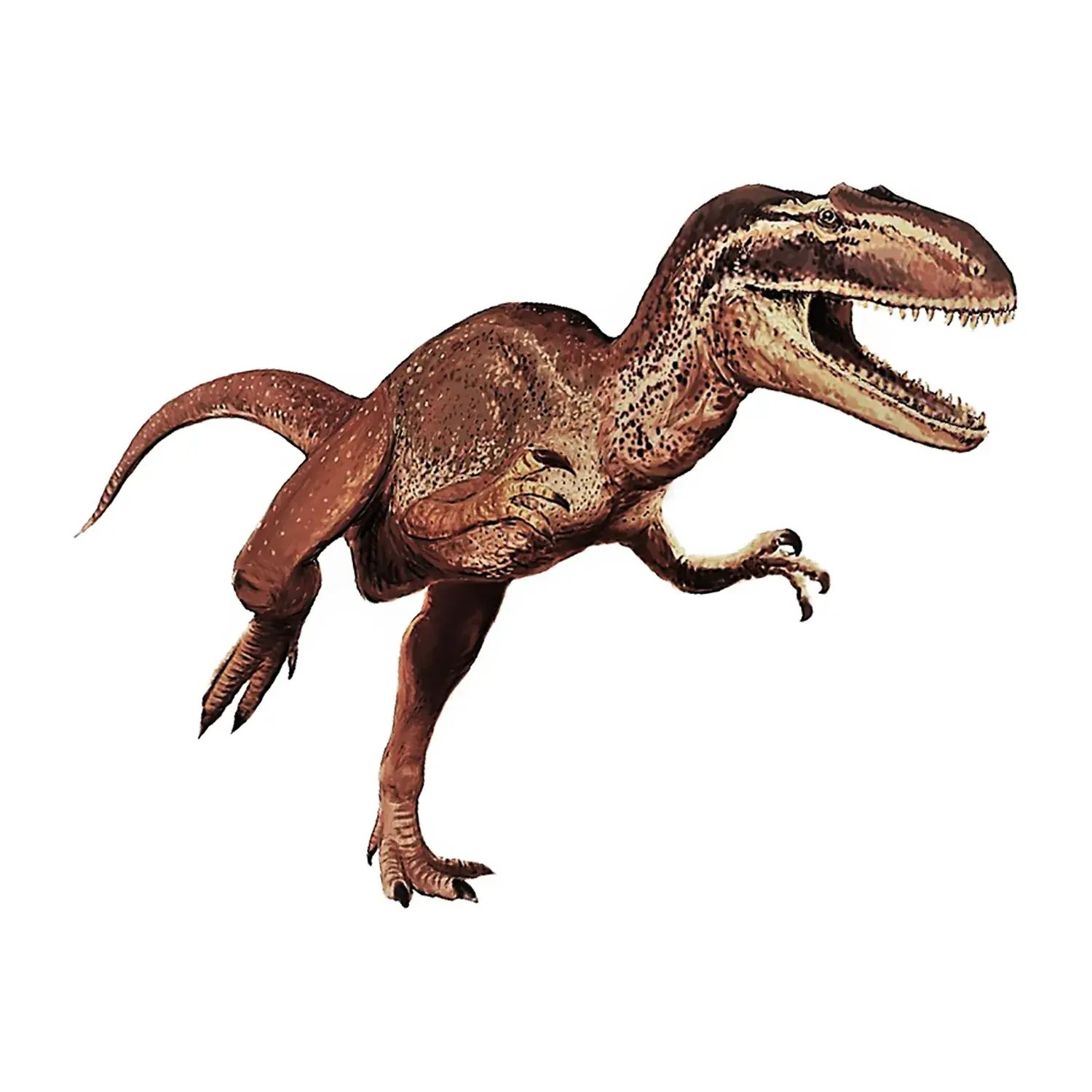
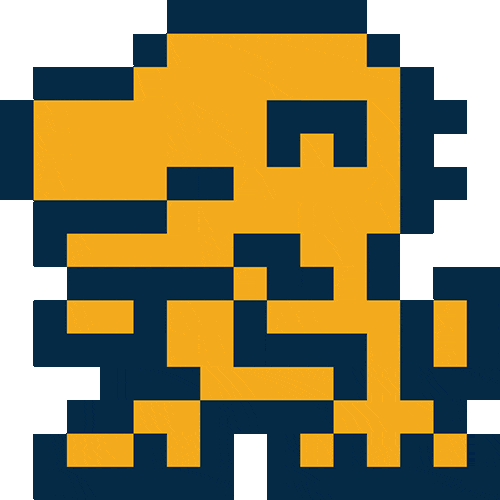
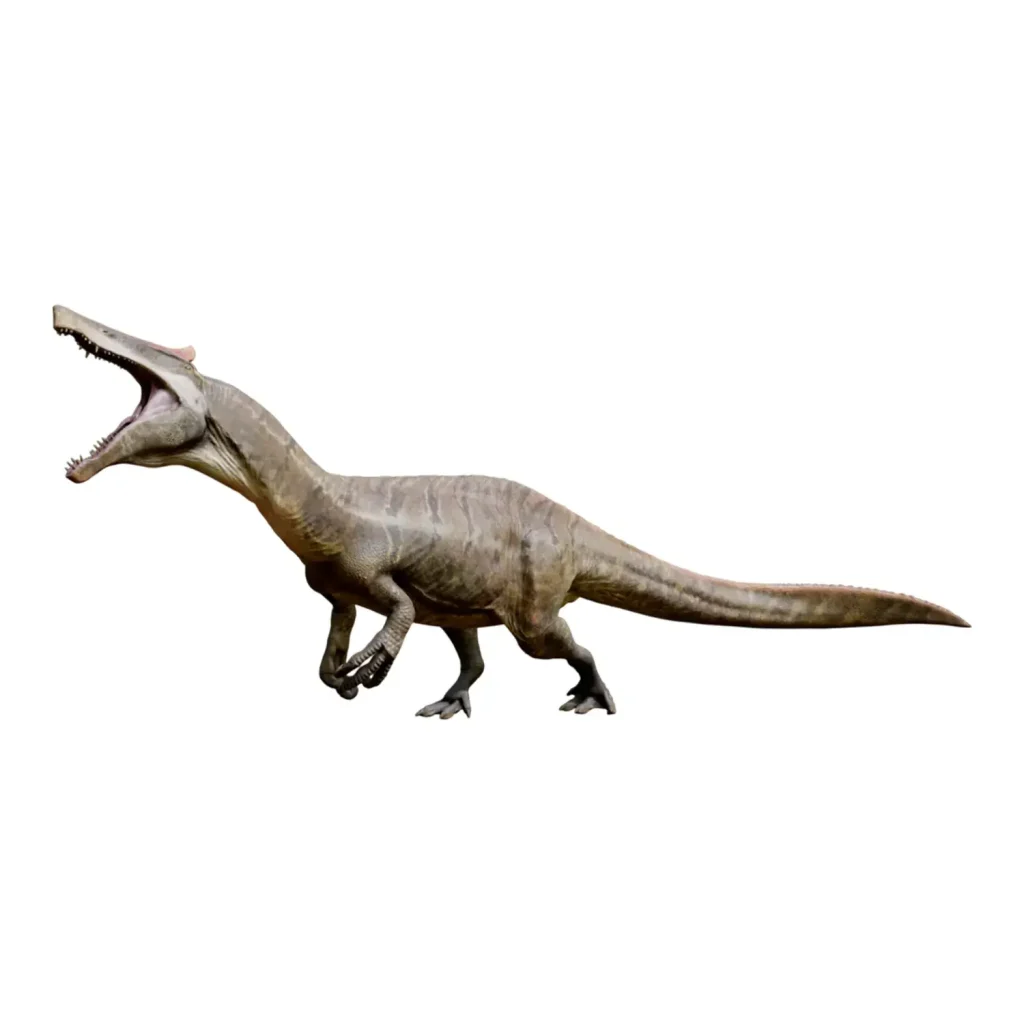
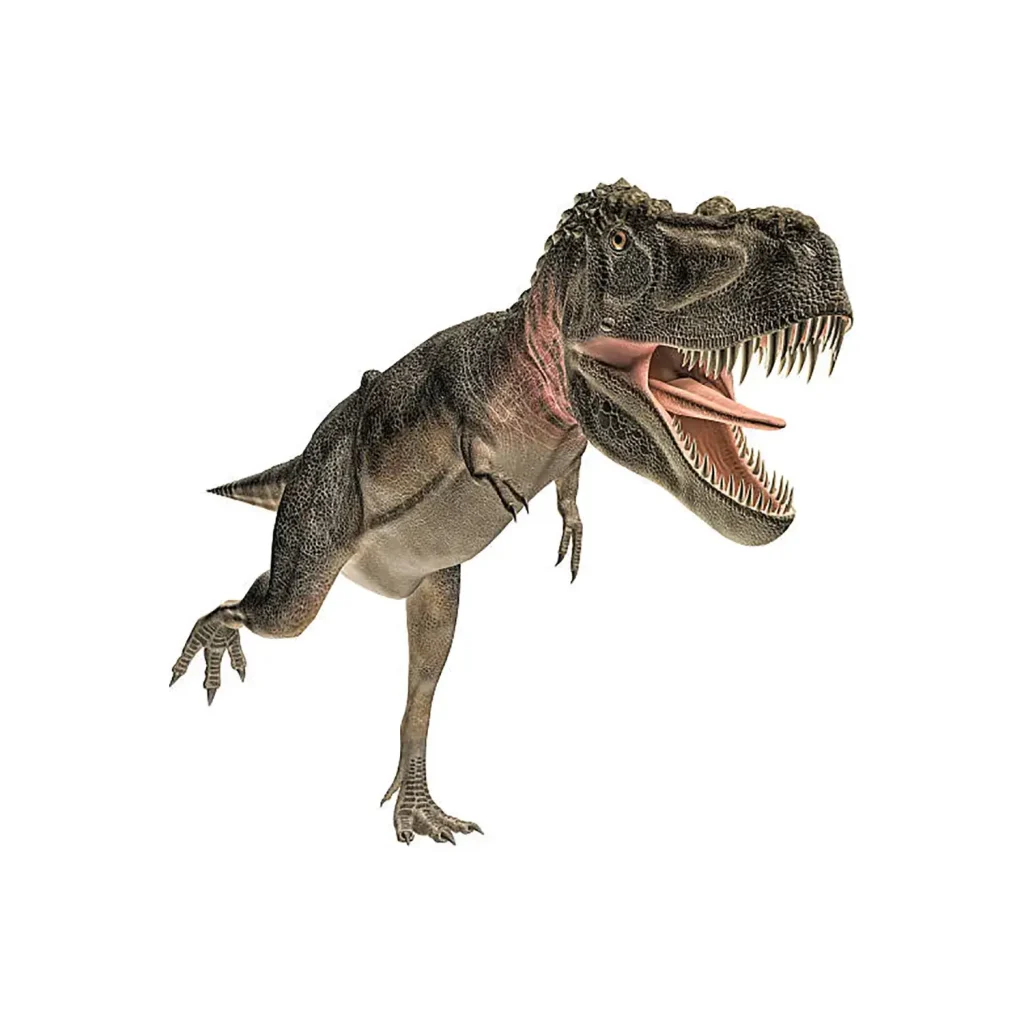
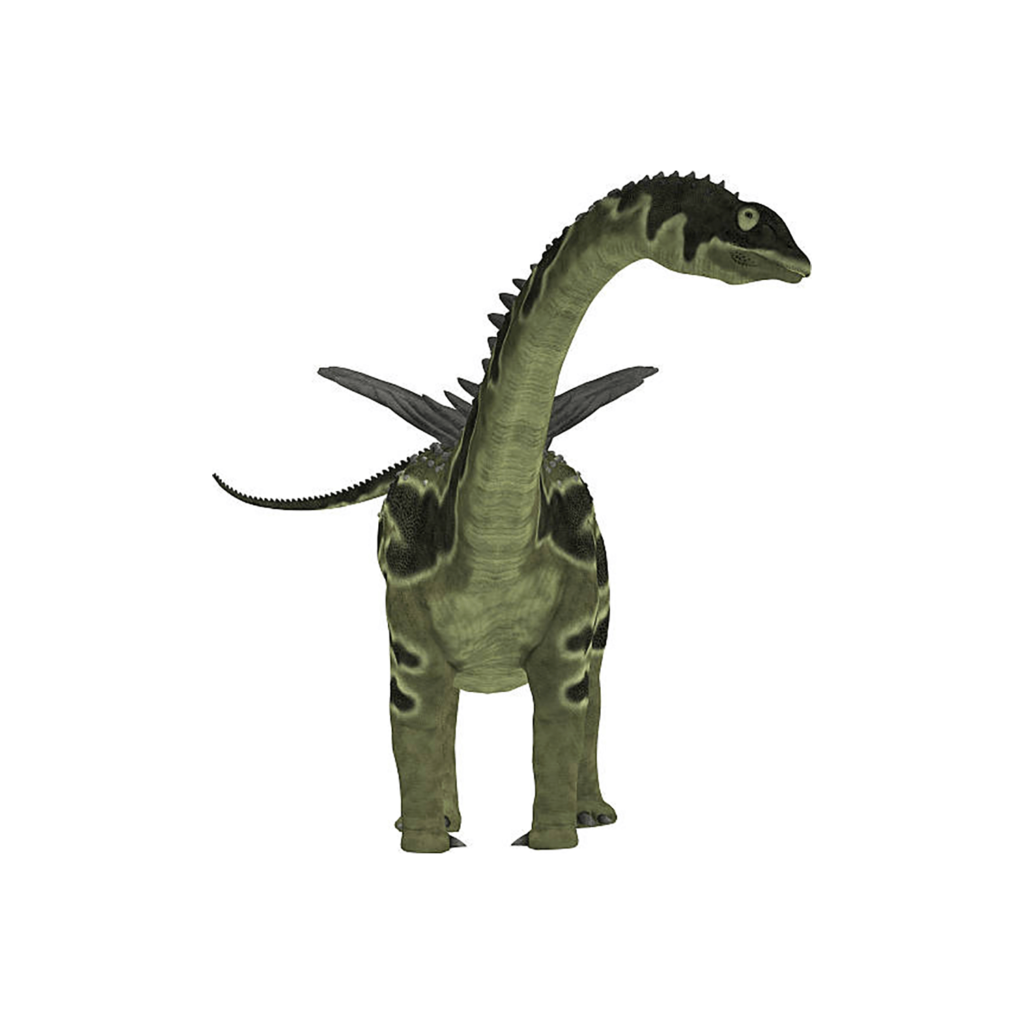
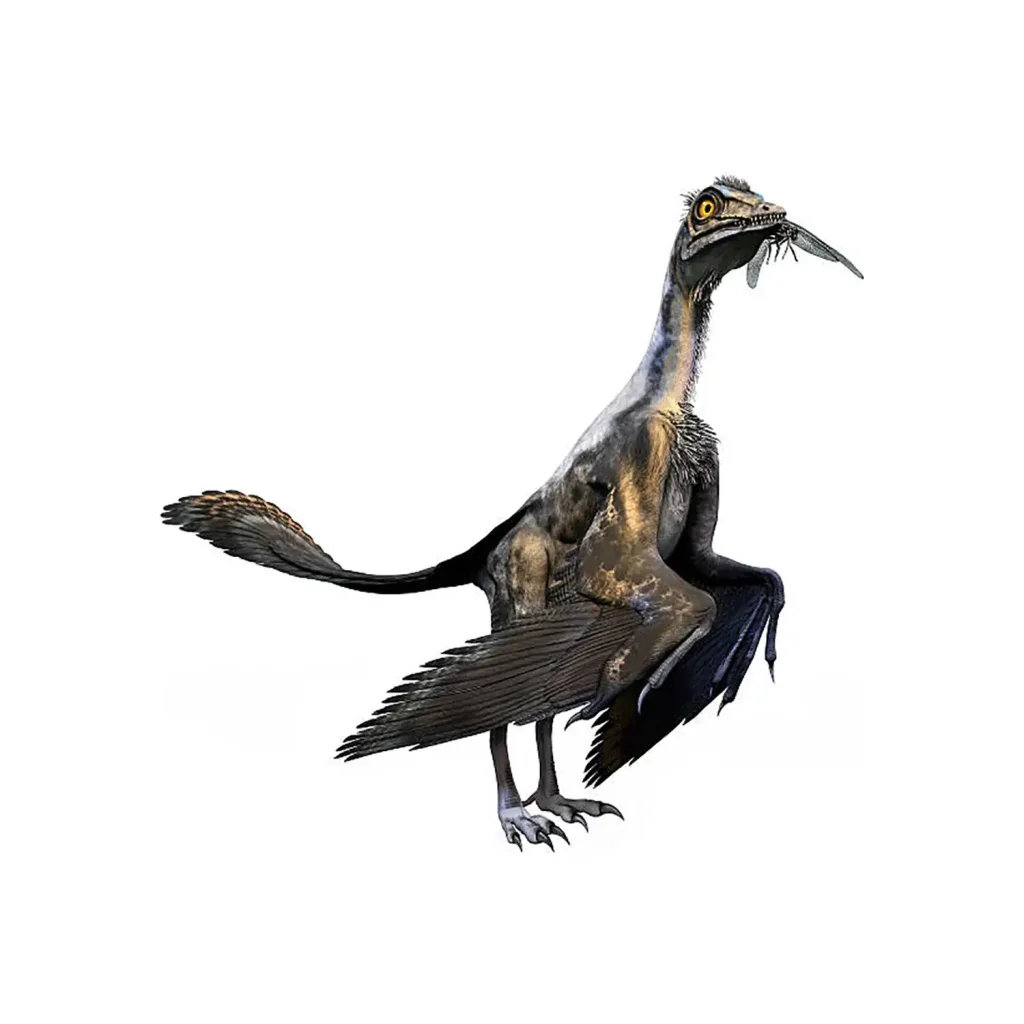













Description
Ornithomimus is an ornithomimid dinosaur that lived on the North American continent during the Late Cretaceous period (approximately 77 to 66 million years ago). Its name means “ostrich mimic.”
Because its running posture resembles that of the modern ostrich, it is also known as the “Ostrich Dinosaur.”
Although classified as a theropod, like the carnivorous dinosaurs, its ecology and evolutionary path were highly unique.
Secret of Its Speed and Body Structure
Ornithomimus’s main characteristics were its slim, ostrich-like build and the thorough lightening of its skeleton.
Speed
Due to a lightweight structure developed with hollow bones, it could run at a top speed of 60 km/h.
Its swiftness, based on its long hind limbs, was its greatest weapon and was essential to its defensive strategy of fleeing from predators.
Body Shape
It was characterized by a small head relative to its body and slender necks and forelimbs.
Its tail, which was more than half its body length, functioned as a balancer.
Claws on Limbs
It had large claws on its hands and feet, which it may have used for self-defense.
“Toothless” Diet
Since Ornithomimus had no teeth in its mouth, its diet was a mystery for many years.
Subsequent research has revealed that it was either herbivorous or omnivorous.
Beak
Its mouth was covered by a toothless, keratinous beak, and it possessed features common to herbivores, such as a relatively low jaw joint.
Filter Feeding Theory and Fluid Diet
Because its beak had numerous slits, one theory suggests it was a filter feeder that strained plants, similar to modern waterfowl.
The discovery of gastroliths (stomach stones) in its stomach further suggests a fluid diet where it swallowed grass whole or consumed insects and microbes, which were then digested in its stomach.
The Astonishing Truth About Feathers and Growth
Ornithomimus is one of the few dinosaurs confirmed to have had feathers, and it was found that those feathers changed dramatically with growth.
Change with Growth
While juveniles were fully covered in downy feathers, most of the feathers were lost as it reached adulthood, except for a few on the forelimbs.
This change provides important evidence supporting the theory that dinosaurs acquired feathers primarily for thermoregulation.
The Mystery of Intelligence
Its brain capacity was quite large compared to other dinosaurs, so it is undoubtedly considered to have been intelligent.
Ornithomimus was one of the most frequently excavated species, flourishing in Late Cretaceous North America due to its unique evolution and incredible speed.